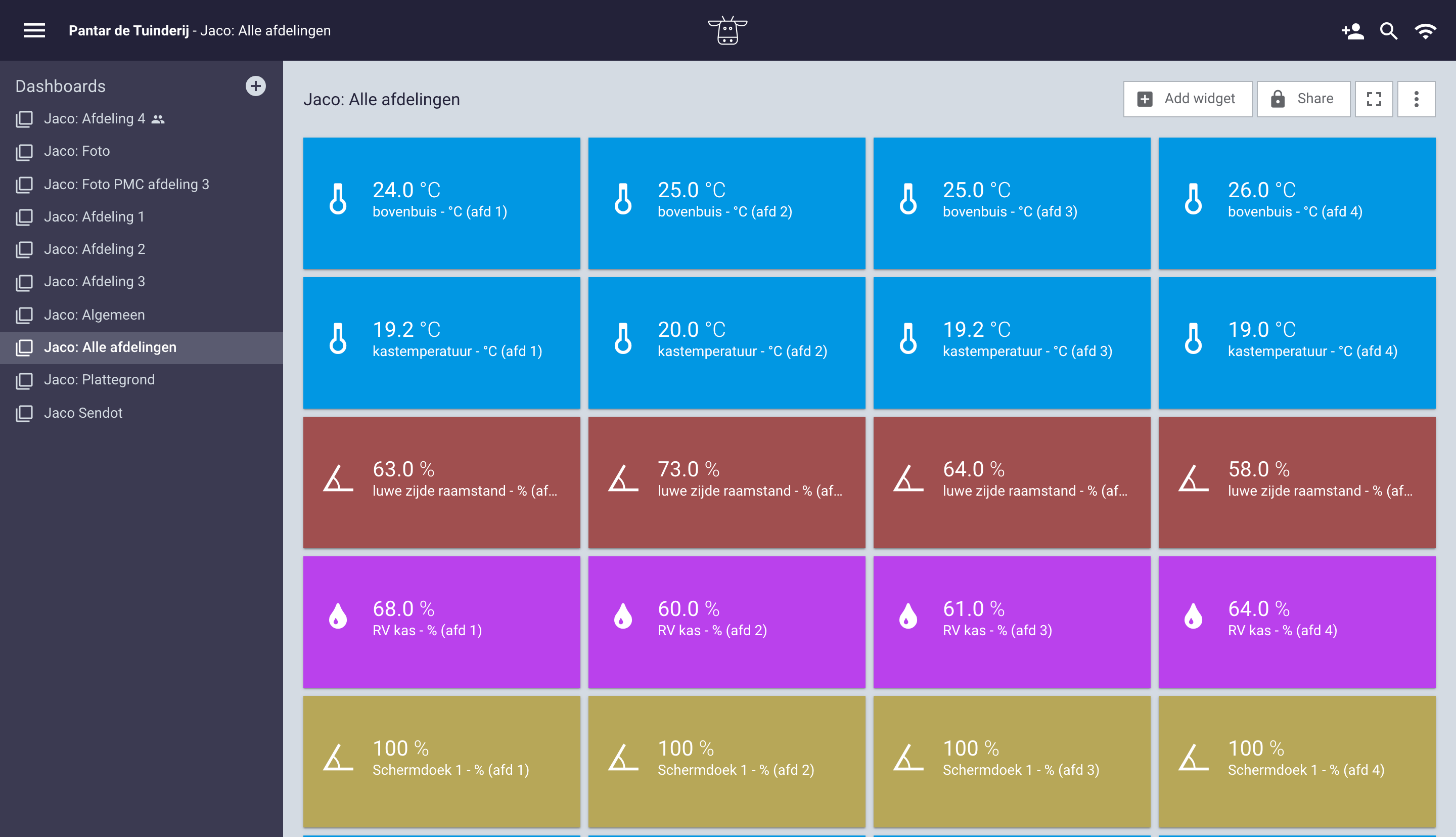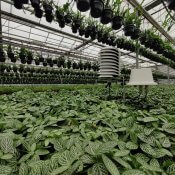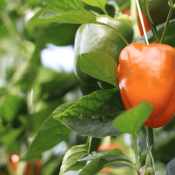These 6 features will ease your ‘working from a distance’ situation
Yes, we know. This is COVID-19 blog #xxx that crosses your daily newsfeed. Nevertheless, it provides you with some interesting options on how to tackle in case you’re active within the horticulture industry. By highlighting the 30MHz platform features that will help you the most during these challenging times, we hope we’re taking away some obstacles that withhold you from continuing with what you do best: improving cultivation strategies with data.
Is this a completely new thing in horticulture? Not exactly. Recently, Delphy (one of the biggest independent Dutch consultancy firms) stated that data-driven cultivation management was already high on the agenda. Managing Director Aad van den Berg indicates that due to the COVID-19 situation it will be given even more priority. In another article, Martin Zuiderwijk, Director Technical Support Services at Biobest, explains how they deal with not being able to visit their customers’ greenhouses. “Horticulture is crucial for society, we also take social distancing into account. Since a few weeks we support all our growers remotely. That takes some getting used to, but to our full satisfaction. Our people have all the technological means at their disposal to still be in close contact with the growers via video conferencing, social media, e-mail traffic or other options.
It’s the “other options” where 30MHz comes in So, how can our platform help you out in this situation? First of all, it’s good to understand what it is we do. 30MHz provides a data service for the horticultural sector. Growers and consultants gain full insight into the climatic conditions of their crops. These insights are based upon different sets of data, whether it’s from a climate computer, (wireless) sensors, manual input or 3rd party data suppliers such as weather stations. An ever-growing set of tools allow you to analyse, share and discuss multiple source datasets. By connecting the mentioned stakeholders, the 30MHz platform enables the industry to continuously drive yield, prevent risks, and optimise quality.
The tools we’re mentioning above come in the form of widgets, functionalities and applications. In order to tackle the most upfront issues, we’ll introduce you to the most appropriate ones: comparing locations, the feed, (visual) comments, the group functionality, notifications and sharing or exporting your data.
1) Comparing locations (without visiting them)
When you’re not allowed to travel (much) and discouraged to visit other places, it would be nice if you can track environments across the globe in a single dashboard. Our platform allows you to create custom reports and visualizations based on location, or set one space as a benchmark for comparison. This makes it a lot easier to “invite” your consultant to “look” at your crops too.

2) The feed
Just like with any other feed (think LinkedIn, Instagram or Twitter) it’s possible to stay up to date on your colleague’s or consultant’s work, share knowledge and create an interactive record of your past crop strategy. We’ve made it very easy to add comments to graphs or even share images of your greenhouse or polytunnel.

3) Visual comments
Yes, we already partly mentioned this one above, but there some examples. For instance, we see growers dive into their live and historical data to flag anomalies, keep notes, add pictures or ask questions to colleagues and consultants. They do this by clicking on one of the data points in any graph and start typing. Just like in any other social medium, we enabled the @mention functionality. And what’s also nice for you to know is that adding PDFs, text documents and video are a high priority on our product’s roadmap.
4) Create groups
A common thing we get back from our users is that they’re struggling to stay structured while handling large data sets amongst various cultivation teams. Groups are a new way to work together on specific projects monitoring and responding to crops’ needs. Invite team members within and outside your organisation, set permissions and choose the data sets you use within this interactive workspace.
5) Share data
The next step is to figure out what data sets you are going to discuss with your peers. Dashboard social sharing lets individuals in- or outside your organisation (like cultivation managers, consultants or even customers) observe changing conditions in your environment in real-time. We understand your data is a valuable asset, and we make sure you have full control over who can access it. You can decide what kind of role (owner, editor or follower) a user within your organisation has and you can also easily download complete sets to a CSV file.

6) Set up notifications
And last, but not least: even more than ever setting up custom notifications when data values cross certain thresholds is key when you’re not in all the time anymore. Get alerts on any kind of metric and stay up to date on the status of your crops and facility in real-time with alerts via email or sms.



30MHz is typing… Our extended support team is ready to chat!
At 30MHz we think it’s important that our users can use our platform in an optimal way. At times you may have questions and you would like some help from our support team. Email and our support page filled with helpful articles were your go to’s. But we thought it was time for something extra… ...Read more
New 30MHz connect casing: How we protect your tech
To make sure your dataflow is fully protected, 30MHz introduces a new connect casing: waterproof, dust proof and even resistant to hits. This special shield will last longer and ensure a reliable dataflow from the connected sensor. What does that full protection mean? That’s what we will explain in this article. Watertight: resistant to wetness ...Read more
Smart assistant at work
After the launch of the smart (AI) assistant at GreenTech, the first growers have started using this new feature. The assistant helps them gain insights from their data faster and supports daily decision-making in the greenhouse. Growers report that they use the assistant for: Calculating differences in water content throughout the day Quickly identifying trends ...Read more


